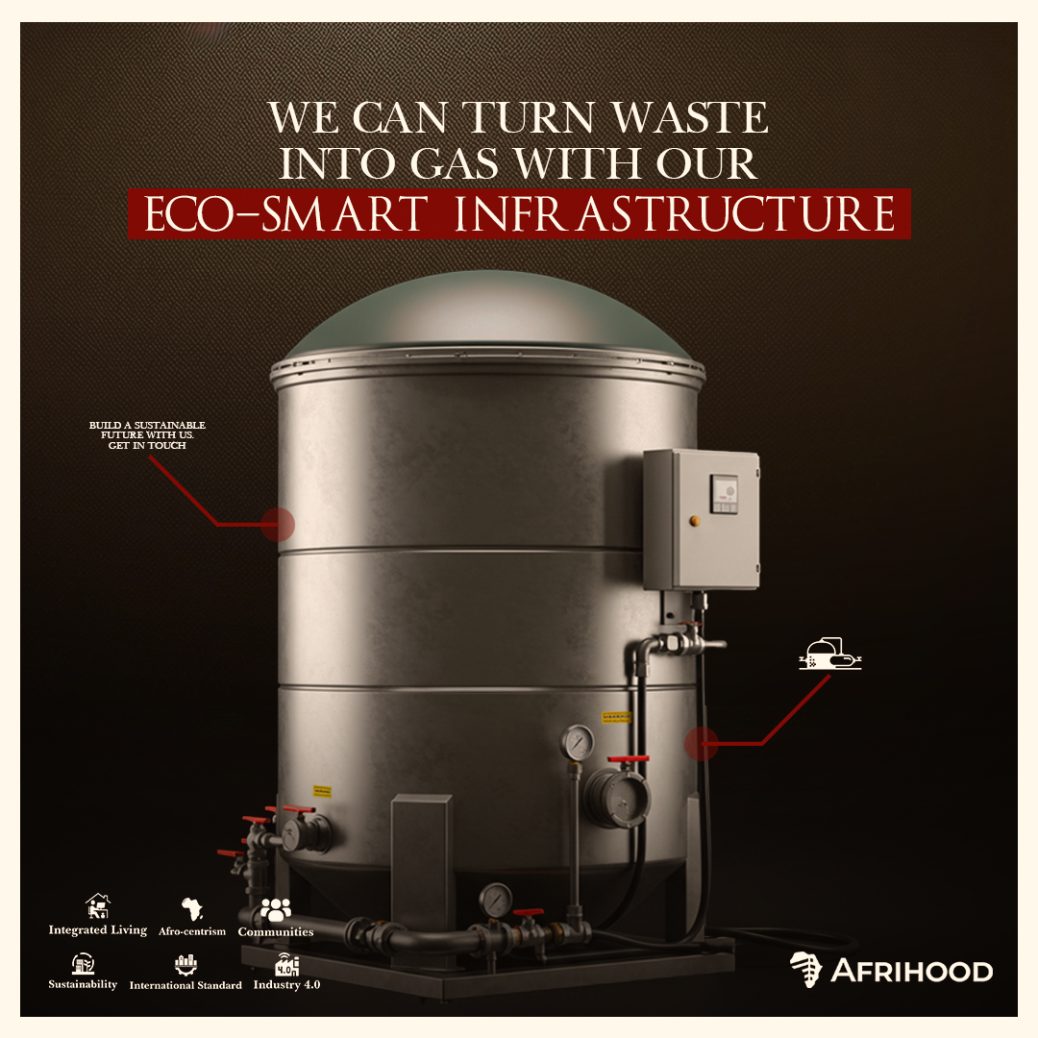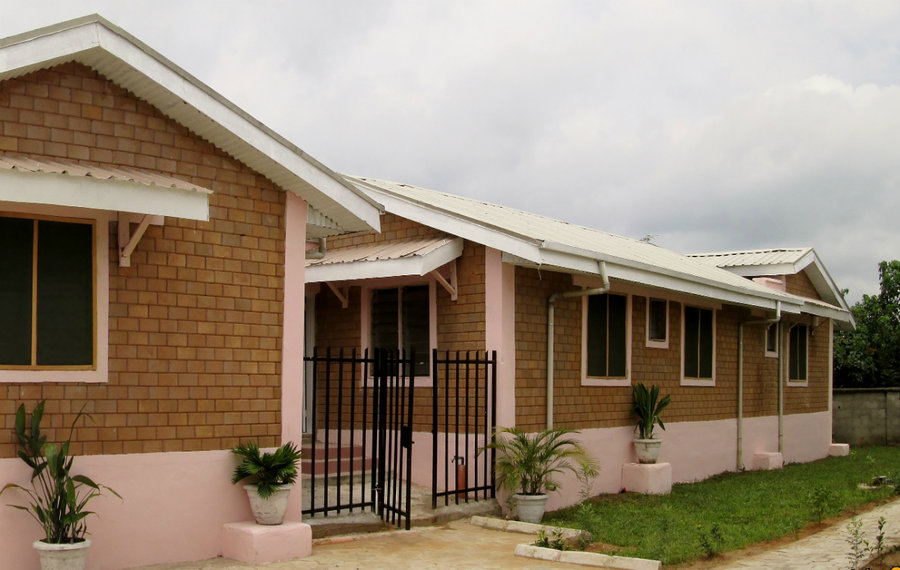Cities already produce vast amounts of wastewater and sewage – human urine and feces – that can be captured and converted into clean cooking fuel. Using anaerobic digestion, sealed tanks process toilet waste much like a cow’s stomach, producing methane-rich biogas that can be piped straight to home kitchens. This Eco-Smart sanitation infrastructure lets families literally turn their toilets into cooking stoves. Instead of letting organic waste rot and emit methane into the environment, the system collects sewage, heats it, and adds microbes or enzymes to accelerate the breakdown. In airtight biogas digesters (tanks), bacteria digest the waste and release biogas (mostly methane and CO₂). The gas is then cleaned and delivered through pipes to gas burners for cooking. The leftover liquid “slurry” is a nutrient-rich byproduct that can be safely used as organic fertilizer. In effect, communities create a closed-loop cycle: human waste becomes household cooking fuel, while sanitation improves because toilets no longer overflow or smell.
Bio-digesters are already proven in many developing regions as a source of clean cooking fuel. In fact, the International Energy Agency notes that installing household biogas digesters is a “viable option to increase access to clean cooking fuels in emerging market and developing economies”. Today roughly 40 million homes worldwide use small-scale biogas systems. These simple digesters cut down on smoky wood fires and kerosene lamps, which cause about 2.7 million premature deaths each year from indoor air pollution. By contrast, biogas from toilets burns cleanly and virtually odor-free. Each cubic meter of biogas can replace cooking fuel and save wood: for example, experimental systems produced around three hours of cooking gas from one day’s worth of organic waste. In other words, converting sewage to fuel reduces deforestation and household energy costs, while making kitchens smoke-free.
- Anaerobic digestion process: Wastewater from homes and toilets flows into a sealed digester. Microbes (often aided by added enzymes) break down the waste under oxygen-free conditions. This produces biogas (45–75% methane) and residue.
- Gas purification: The raw biogas is cleaned (water and contaminants removed) and piped to kitchens as cooking gas, just like propane or natural gas.
- Byproducts used: The leftover slurry is safe and rich in nutrients. It can be used as a soil conditioner or fertilizer, reducing the need for chemical fertilizers. This means no waste is wasted – human excreta becomes fuel and
How the Eco-Smart System Works
The Eco-Smart infrastructure installs biogas digesters at community scale (e.g. villages or housing complexes) or even for individual households. Incoming sewage from toilets and bathrooms is funneled into the digester unit. Inside, waste is heated (often to around 30–40°C) and agitated to speed decomposition. As the Guardian reports from a UK pilot plant, “sewage sludge is collected in airtight vats which are heated and enzymes added to speed the anaerobic digestion process…and methane is produced”. You can think of it as a giant stomach: just like a cow’s rumen breaks down grass to methane, Eco-Smart’s tanks break down waste into biogas.
By capturing methane in a controlled biogas digester, this system stops it from escaping into the air (where methane is a potent greenhouse gas). Instead, the gas is sent through a purification stage (removing CO₂, moisture and any odors) and stored or piped to stoves. The result is a renewable cooking gas ready to light on burners. Communities can cook as usual, but with fuel generated from their own waste, closing the energy loop. (For scale, even large facilities – such as in London – are now producing pipeline-quality gas from treated sewage.) Meanwhile, the stabilized waste sludge left behind can be safely pumped out as liquid fertilizer.
This technology is no fantasy – it’s already in use globally. For example, clean-tech companies have launched flush-toilet biogas kits that decompose toilet waste into cooking gas. The Nigerian government is also piloting a country-wide program: it teamed up with Lumos Laboratories to convert urine and feces from prisons and markets into biogas for cooking and electricity. The project’s leader explains, “If we manage the wastes well, we will generate energy that could be used to solve our nagging energy problems”. Such initiatives show the potential: a city’s sewage network can double as a gas pipeline for homes.
Real-World Examples
Around the world, “toilet-to-stove” projects validate this concept. Nigeria is embracing urine-to-gas technology. The Guardian reports that a Nigerian chemist invented equipment to convert urine into methane and hydrogen-rich gas, aiming even to run cars on it. More immediately, the Nigerian government is piloting units at a prison: waste from inmates will be turned into cooking gas and electricity. Project leaders highlight that Nigeria produces massive amounts of waste and has a chronic energy shortage, so marrying the two solves both problems.
Meanwhile, private companies like Home Biogas have developed consumer-grade digesters. Their bio-toilet kit fully flushes like a regular toilet but connects to a digester that generates methane for cooking. Reviews note that such systems produce a few hours of fuel per day and even yield liquid fertilizer. While higher-tech than typical pit latrines, these kits demonstrate that using human waste for home energy is practical today.




